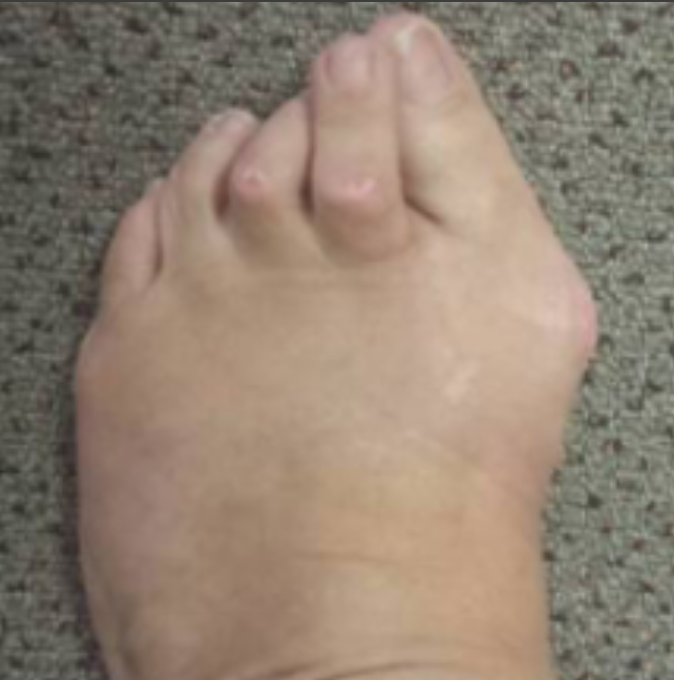BUNIONS
(HALLUX VALGUS)
What is a Bunion?
A bunion (also known as hallux valgus) is a misalignment of the knuckle of the big toe, causing it to turn inward towards the smaller toes. This creates pressure on the second toe and aggravates pressure from the shoe (bursitis). It often creates a bump at the base of the big toe. While bunions are not always painful, this deformity will generally increase over time. Dr Slater treats Bunions using Minimally Invasive Techniques.




What Causes Bunions?
There are four common causes of hallux valgus:
- Congenital predisposition: bunions are not always inherited, though there’s often a family tendency towards deformities of the big toe.
- Female predisposition: 9 out of 10 bunions are found in women due to a combination of the increased laxity or flexibility of women’s joints and the types of shoes they tend to wear.
- Length of the big toe and its conflict with some types of shoes.
- Women’s shoes with pointed toes and high heels which compress the toes.
Consequences
Bunions represent 90% of the pathology of the forefoot.
- Direct consequences: inflammation and bursitis, a painful condition that affects the bursa (small, fluid-filled sacs that cushion your joints)
- Indirect consequences: hallux valgus is the principal cause of claw toes.
Progression of Hallux Valgus
Where there is a family history, the first phase usually starts with pain around 18-20 years of age, or around 40-50 years in other cases. At first, the pain is noticeable after long periods of walking. Later, there is often inflammation as the bursitis progresses (sometimes becoming infected).
During the second stage, pain generally increases, leading to medical intervention. However in some cases the pain may ease, sometimes for several years. This may be deceptive as the condition continues to progress, leading to severe deformity.
The third stage is more complicated. Often, a patient seeks treatment for the second toe (where there may be a corn present), but not for the first toe as it’s not necessarily present. The symptoms of the second toe are a direct consequence of the hallux valgus and both toes will need to be treated.
Without treatment the condition will be greatly aggravated and, in time, could cause deformity of the whole forefoot.

